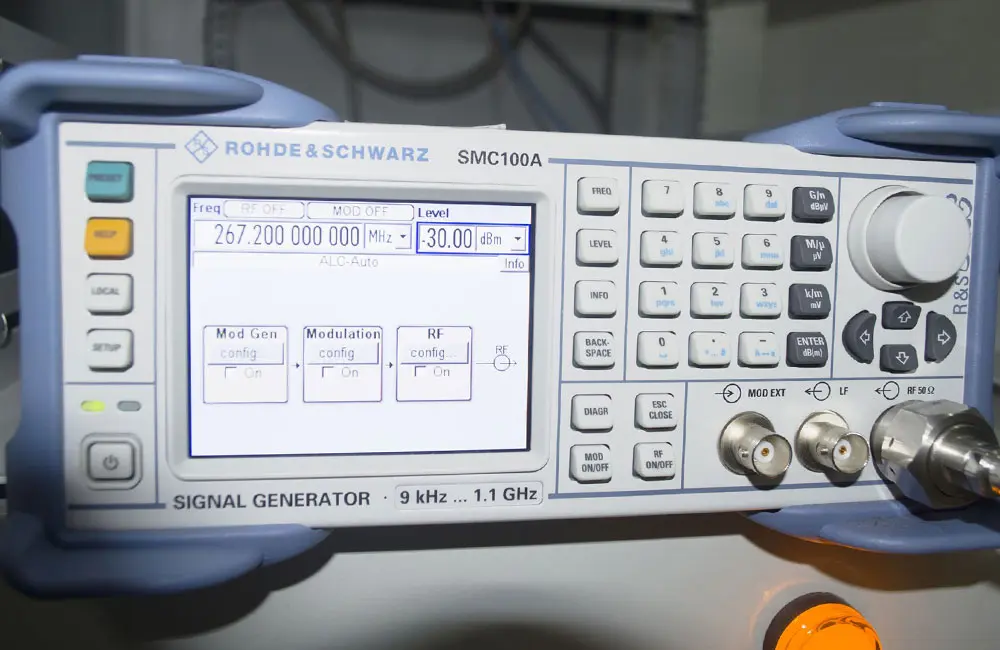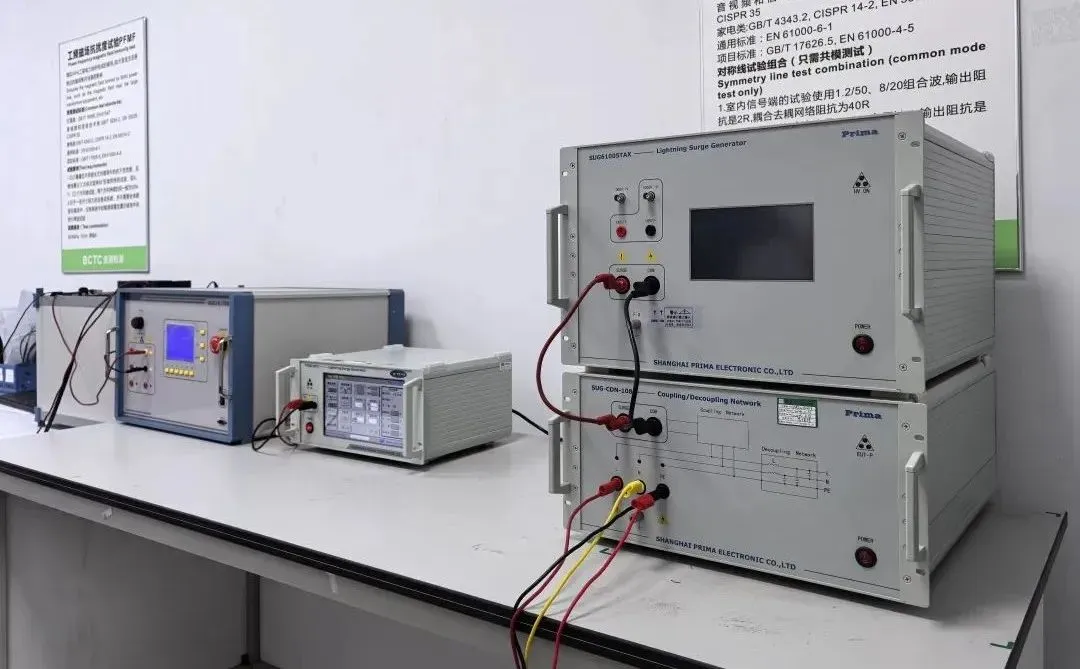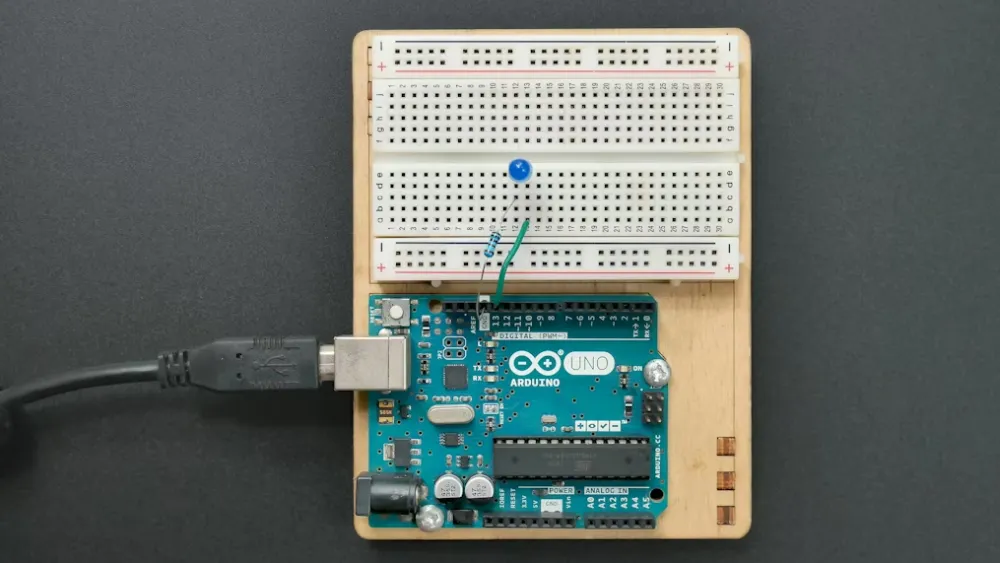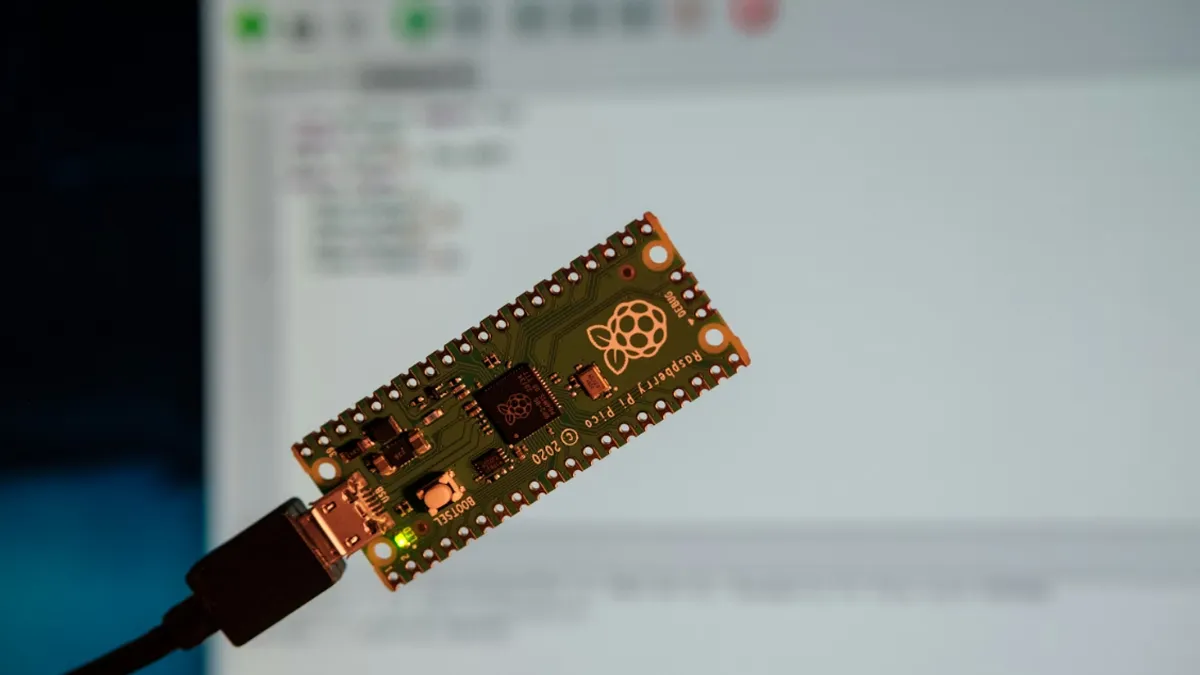
Rail Transit EN55015/EN50121-4
Rail transit systems operate in complex electromagnetic environments. To ensure the safety and reliability of onboard electronic products, electromagnetic compatibility (EMC) testing is necessary.

Product Scope:
Switches, train broadcasting systems, display screens, sensors, kitchen equipment in dining cars, waste discharge systems, air conditioning systems, platform screen doors, ticket validators, ticket vending machines, dash cams, tire pressure monitoring systems, etc.
Testing Duration:
Approximately 7 working days
Applicable Standards:
en50155 / EN50121-4
EN50155
- Standard Overview:
EN50155:2007 is the standard for “Electronic equipment used on rolling stock” and applies to all electronic equipment installed on railway vehicles for control, regULation, protection, or power supply purposes. It covers systems poweRED by batteries or low-voltage systems connected (or not connected) to the contact line. It does not apply to main circuit equipment.
- Key Requirements:
§ Input Voltage Range: Rated voltages for onboard battery power include 24V, 48V, 72V, 96V, and 110V. For battery-powered devices without voltage regulators, voltage fluctuations between 0.6VN and 1.25VN for 100 ms must not affect device functionality. Surges between 1.25VN and 1.4VN for less than 1s must not damage the device.
§ EMC Requirements: Electronic devices must exhibit electromagnetic compatibility. They must undergo RF susceptibility testing and meet specified emission and immunity requirements.
§ Mechanical Requirements: Devices must withstand shocks and vibrations from train operations. Special anti-vibration mounts must be used in design and installation, compliant with EN61373.
§ Temperature and Humidity Requirements: EN50155:2017 specifies that equipment must tolerate an annual average relative humidity of 75% and 95% for 30 consecutive days. Operating temperature range is typically –25°C to 70°C.
§ Isolation Voltage Requirements: Isolation voltage standards apply, such as 2250V DC equivalent to 1500V AC.
EN50121-4
- Standard Overview:
EN50121-4 is Part 4 of the railway EMC standards series, titled "Railway applications – Electromagnetic compatibility – Part 4: Emission and immunity of the signalling and telecommunications apparatus". It is specifically designed for signal and communication transmission devices installed along the railway tracks or at station platforms.
- Key Contents:
§ EMC Immunity Tests: Includes electrostatic discharge (ESD), radiated RF immunity, electrical fast transient/burst, surge immunity, conducted RF immunity, and power-frequency magnetic field immunity.
§ EMC Emission Tests: Includes conducted emissions at power ports and radiated emissions from enclosure ports.
§ Frequency Range: Covers frequencies from DC to 400 GHz; no measurements are required at frequencies where no limits are defined.
§ Special Notes: For ports used for RF communication transmission or reception, emission and immunity limits at communication frequencies do not apply. The standard does not address basic personal safety or fault condition requirements for equipment.
Email:hello@jjrlab.com
Write your message here and send it to us
 Infant Support Pillow 16 CFR 1243/1242 & ASTM
Infant Support Pillow 16 CFR 1243/1242 & ASTM
 BRM Registration Card Under CFR Part 1130 Regulati
BRM Registration Card Under CFR Part 1130 Regulati
 How to get a D-U-N-S® Number for US FDA Registrati
How to get a D-U-N-S® Number for US FDA Registrati
 Household Massage Devices Compliance in the China
Household Massage Devices Compliance in the China
 Compliance for the Global In Vitro Diagnostic (IVD
Compliance for the Global In Vitro Diagnostic (IVD
 Compliance Guide for Nebulizers in European and Am
Compliance Guide for Nebulizers in European and Am
 Cybersecurity Certification Service for EU RED Dir
Cybersecurity Certification Service for EU RED Dir
 ANATEL Certification Compliance Guide for Brazil M
ANATEL Certification Compliance Guide for Brazil M
Leave us a message
24-hour online customer service at any time to respond, so that you worry!




